Marine Corps Ranks
The United States Marine Corps is not just a service branch, it’s a lifestyle. Before we were Marines; the knowledge, heroic deeds, and history of our Corps was instilled in us. Many brave men throughout the world earn a temporary place in history through sacrifice on the field of battle. As time fades, so does their memory. The Marine Corps is a very unique service branch. They perpetuate the memory and sacrifice of all it’s warriors by instructing new recruits in Core Values, Marine Corps History, and countless drills on knowledge.
The Marine Corps took this to an entirely different level after they implemented the Crucible in to Marine Corps training in 1996. The Crucible was designed to become the culminating event in recruit training. This event would put recruits through 3 days of simulated combat conditions that would draw the recruits to work together for one common purpose. Interestingly, individual stations were continually added on the course that paid homage to the memory of it’s fallen. They were named after Marine Medal of Honor recipients that gave the ultimate sacrifice during various wars.
Their citations read aloud at each station instills the intangible spirit of honor. Honor is one of three paramount Marine Corps values (Honor, Courage, and Commitment) that is ingrained in every recruit before they receive the coveted Eagle, Globe, and Anchor. There is no other service branch in the United States that spends the amount of resources and energy than the United States Marine Corps to indoctrinate their recruits in values of a “higher self” with a “higher purpose”. This training, unlike any other, has seen us through countless battles in the most inhumane conditions.
The Marine Corps, being a small and separate entity when compared the army, (without interference from politicians) has the ability to direct its policy to creating elite warriors. The differences between service branches and military lifestyle can sometimes seem appalling to Marines.
I have personally witnessed this on ship during a Western Pacific MEU. I was sitting down for breakfast (at the time, a LCpl) at the mess hall by a few sailors. The sailors were a Petty Officer 1st Class, with gold rank (no NJPs during service) and an enlisted seamen. The Petty Officer politely gave the seamen an order, the seamen proceeded to berate the Petty Officer and told him to get another sailor for the task. Personally at this point I was very excited to see a seamen get destroyed by his superior. To my dismay, the Petty Officer apologized, then proceeded to get up and sit in another seat.
It was very disgusting to see how the sailors treated their superiors. Our corpsmen even commented on their frustration when going from “green” to “blue” side saying, “The sailors usually think we’re assholes, but if they were more squared away they wouldn’t have to hear it from me!”
Even the army will look at rank differently. My personal experience with this was during MOS training in Fort Sill. Our chow hall was located by a recruit chow hall. The recruits were not called recruits however, they were referred to as “Private”. This was a culture shock for a young Marine in MOS School. Even more so when an army Drill Sergeant told his recruits that it was time to “move out!” One recruit looked at him with a blank stare and said “But Drill Sergeant! I haven’t finished my ice cream!” Being the young fresh boot I was, I prepared to watch a slaying ensue. Yet again, to my dismay, the Drill Sergeant replied “Dammit! Hurry up Private!” My peers and I would laugh that one up for weeks to come.
Imagine if both situations were to occur in the Marine Corps? The outcome would have been entirely different; and that knowledge would have kept the Marine on the straight path. This strict adherence to custom and courtesies is perpetuated and spread by each individual Marine. Whose job it is to “police each other” before your superiors have to.
Rank is viewed differently between service branches because “customs and courtesies” are. The ranks in other service branches are handed out in patches. Our rank is metal, that is “pinned” upon our collar, and is therefore more personal.
Enlisted Ranks E-1 through E-5
Private
A very good rank to start out with. As the most junior Marine, the Private never has to think for themselves. Instead they act on instant willing obedience to orders to their NCOs.
Private First Class
A Private will get promoted to PFC through six months time-in-grade. The rank is pinned upon their collar is commonly referred to as “mosquito wings” Their rank is often coined in to a hilarious acronym Perfect For Cleaning.
Lance Corporal
A Lance Corporal is promoted by nine months time-in-grade. The Lance Corporal is the most senior enlisted “troop”. In order to get promoted to a Non Commissioned Officer, or NCO, the Lance Corporal must be proficient in physical fitness, marksmanship, and knowledge (Marine Corps Instruction courses). Their proficiency and conduct must also be above reproach. Those that do not meet the Marine Corps standards will receive a low “cutting score” and are destined to stay “Terminal Lances”. The Lance Corporal could also be referred to as the “Last Cleaning Person Left” as they make the transition from troop to NCO.
Corporal
A Corporal is a Non Commissioned Officer. No Marine will ever forget obtaining this rank. Being inducted in to the NCO corps means that you are no longer a “troop” yet a leader of Marines. The Corporal is responsible for the morale, discipline, and efficiency of their Marines. Corporals are the “pit bulls” of the NCO corps, ready to strike the moment the troops start to lack in any of those three.
Sergeant
The Sergeant is one of the most important ranks in the Marine Corps. It is said throughout that Sergeants are the “back bone” of the Marine Corps. A Sergeant is an interesting rank because it is “torn between two worlds”. That of NCO and Staff NCO. A Sergeant is not a “working supervisor” like their Corporal counter-parts. Having more Marines under their charge, they are supervisors. This is important because to be focused on one task, they would not be insuring safety, or able to supervise multiple ”working parties”. The Sergeant refrains from being a pit bull in order to become an approachable mentor (this is not always the case if you have incompetent Corporals).
I can not speak from experience on being a SNCO, yet I know their duties must be extremely stressful. Most of them are stuck in offices all day with Officers. Dealing with unit rosters, NJPs, training, HARP forms, future field ops, inspections, incompetent Marines, leave chits, duty, legal, the list goes on… When you look at Staff NCOs, you have to give them the ultimate respect because they chose to reenlist more than once! Ohrah!?
The Marine Corps ranks hold an immense meaning. Only because the Marines wearing them, and those under them, respects rank in a way that no other service branch can duplicate. Semper Fi!
Devil Dog Shirts offers these ranks in Challenge Coins:
– Private First Class
– Lance Corporal
– Corporal
– Sergeant
– Staff Sergeant
– Gunnery Sergeant
– First Sergeant
– Master Sergeant
– Sergeant Major
– Master Gunnery Sergeant
Devil Dog Shirts
Rank has true meaning in our Corps. These Challenge Coins are a perfect gift for newly promoted warriors!
If you do not see a link with your rank, put in a request with hq@devildogshirts.com , because if you demand it, we will put it to mold!
The Marine Corps understands that it is important to keep history and tradition alive. Semper Fidelis or “always faithful” has more meaning than a USMC outsider can tell. It means being bonded to something greater than yourself. Until the day you die. Semper Fidelis is the spirit of the Corps imprinted on the heart of every Marine that hold the coveted Eagle, Globe, and Anchor! Semper Fidelis Marines! Ohrah!
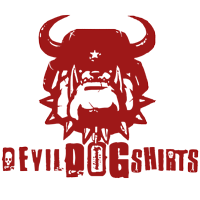
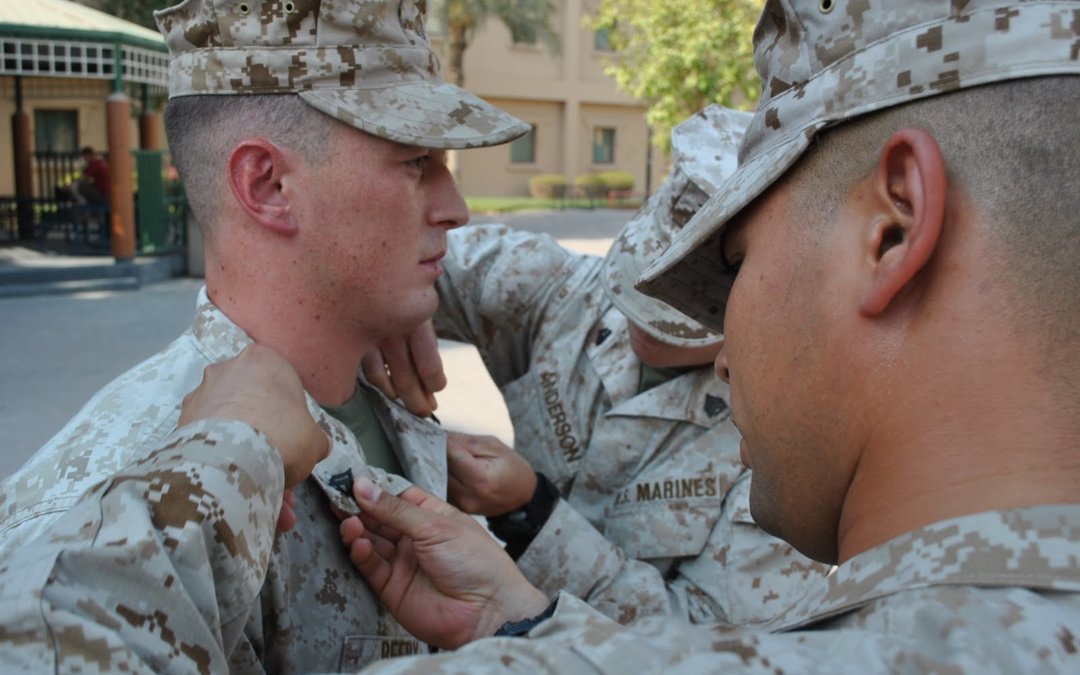


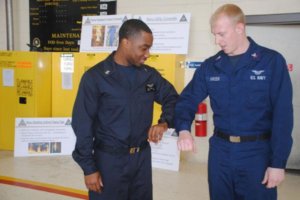
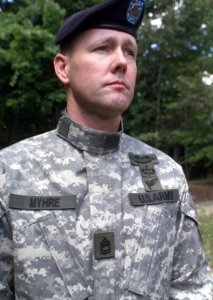
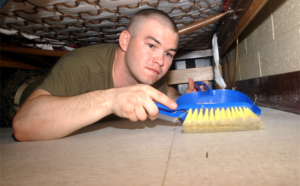
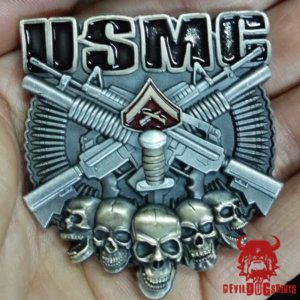
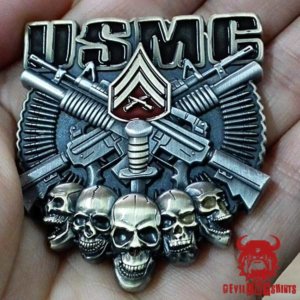
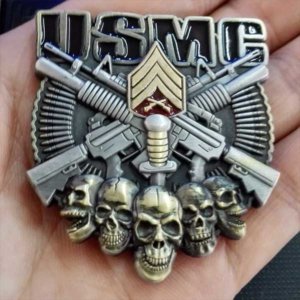
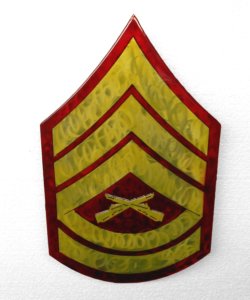
I see your blog is similar to my blog. Do you allow guest
posting? I can write unique posts for you. Let me know if you are interested.
Of course! That is, if you are a Marine?
Smper Fi!
Sgt Wyble USMC (Ret)
hq@devildogshirts.com